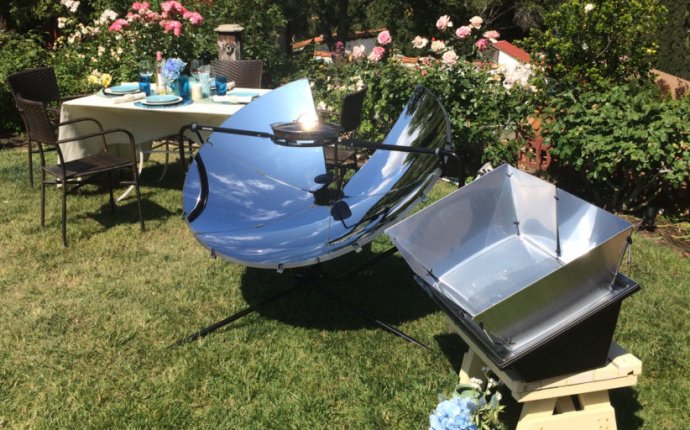
Solar Compare
Both solar loans and solar leases/PPAs offer benefits for homeowners, and there are multiple factors to consider when making your solar financing decision.
Cash flow over the length of the agreement
Both $0-down solar loans and $0-down solar leases/PPAs result in immediate savings, with no money out-of-pocket, because your monthly loan or lease/PPA payment will be less than your current monthly utility bill. The monthly savings from a solar loan, however, are likely to be higher than the savings from a solar lease or PPA. This is because solar loans are typically paid down in 7 to 15 years, whereas leases require regular payments over the term of the agreement.
Tax credits and other financial incentives
Solar panel system owners are eligible for a solar investment tax credit (ITC) equal to 30 percent of the cost of the system upon installation. Many states also have additional rebates and incentives like Solar Renewable Energy Certificates (SRECs) available, and the interest paid on secured loans can also be tax deductible. If you choose to finance with a solar loan, you directly benefit from the financial incentives. If you sign a solar lease/PPA, the owner of the system is the solar company, and they receive the financial incentives instead.
Monthly payments: How big? Fixed or increasing?
Solar leases and PPAs are generally offered for a 20- or 25-year term, and the terms for solar loans can vary from 5 to 20 years. The monthly payments for most solar leases and PPAs increase at a predetermined rate of 1 to 3 percent annually, while solar loans typically have fixed monthly payments.
The monthly payments for a 20-year solar loan are likely to be lower than those of a 20-year lease or PPA. How much lower depends on whether your solar loan is secured or unsecured.
System operations and maintenance
System maintenance is generally not an issue – solar energy systems require little maintenance over their lifetimes. Most solar panels carry a 25-year warranty, and inverters carry a 10 to 25-year warranty. Solar installers also often offer a warranty to cover the installation itself.
If you choose a solar lease or PPA, the leasing company owns the PV system and typically will offer a service program to cover any maintenance issues that arise during the lease term. If you take out a solar loan to purchase your PV system, you, as the owner, will be responsible for its maintenance.
Time to process financing applications
Solar lease and PPA applications can be approved and signed in a single meeting with the solar installer or solar leasing company at your home. Solar loans generally take longer to approve, as, there may be additional administrative steps like property appraisals, title searches, and mortgage filings that can take several weeks.
Selling your property
Home sellers that used solar leases or PPAs either need to buy out the lease/PPA from the third party owner or transfer the lease over to the new property owner. If you opt to use a solar loan to finance your system, your options differ depending on whether your loan is secured or unsecured. Regardless of the type of solar loan, solar-equipped homes sell faster and at a premium, so you could even recover a higher amount than what you owe on the system.









